
Email Marketing Tips to Drive Better Campaigns
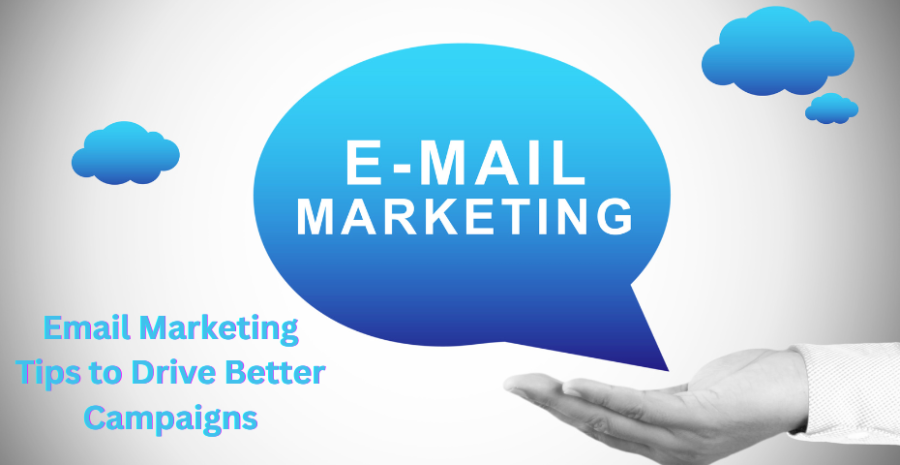
In the ever-evolving landscape of digital marketing, email remains one of the most reliable tools for businesses to engage with their audience. Despite the influx of social media platforms and instant messaging apps, email marketing consistently delivers a higher return on investment (ROI) than most other channels.
It's personal, direct, and has the ability to nurture long-term customer relationships. However, email marketing isn't just about crafting a message and hitting "send." It's a delicate balance of strategy, design, timing, and targeting.
A well-executed campaign can significantly increase customer retention, drive conversions, and build brand loyalty. But, poorly executed emails can end up in the spam folder, damaging your brand's reputation. Whether you’re a seasoned email marketer or a newcomer, knowing how to fine-tune your approach is essential to staying ahead in this competitive space.
This blog will cover 13 actionable tips that will help you craft more effective email marketing campaigns, ensuring that your messages not only reach your audience but also engage and convert them.
Before diving into tactics, it's important to recognize the shifts in consumer behavior. Today's customers are inundated with emails—so your campaign needs to stand out. Gone are the days of generic email blasts. Now, personalization, segmentation, and analytics are more important than ever.
With tools like A/B testing, dynamic content, and automation, marketers have an arsenal of technology to enhance their campaigns. The key to success is not just in using these tools, but in understanding how to integrate them into a cohesive strategy that speaks directly to the needs of your audience.
That’s where this blog comes in. Whether your goal is to boost open rates, increase click-through rates, or reduce unsubscribes, these tips will guide you on your journey to mastering email marketing.
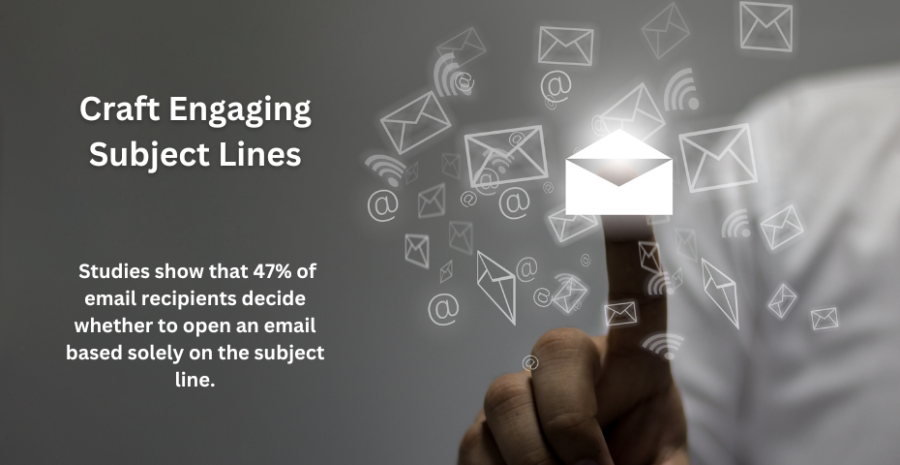
Your subject line is the first thing your recipient will see, and it plays a pivotal role in whether your email gets opened or ignored. Studies show that 47% of email recipients decide whether to open an email based solely on the subject line.
This makes it one of the most critical components of your email campaign. To craft engaging subject lines, use action-oriented language that compels the reader to take immediate action. You can incorporate a sense of urgency or exclusivity, but make sure it’s relevant to the content within the email.
Personalizing the subject line with the recipient’s name or location can also increase open rates. Additionally, keep your subject line concise; research suggests that subject lines with 6-10 words have the highest open rates.
Emojis can also add a touch of personality to your subject line, but use them sparingly, as they can sometimes come off as unprofessional or spammy if overused.

Gone are the days of one-size-fits-all email marketing. Consumers now expect brands to know who they are and tailor communications accordingly. Personalization goes beyond using the recipient’s first name; it’s about leveraging data to send emails that are relevant to individual preferences and behaviors.
Dynamic content allows you to swap out different pieces of the email based on factors like past purchases, location, or browsing history. Segmentation further enhances personalization by dividing your email list into smaller groups based on shared characteristics, such as demographics or behavior patterns.
Research shows that personalized emails deliver six times higher transaction rates than non-personalized emails, making it a strategy worth investing in.
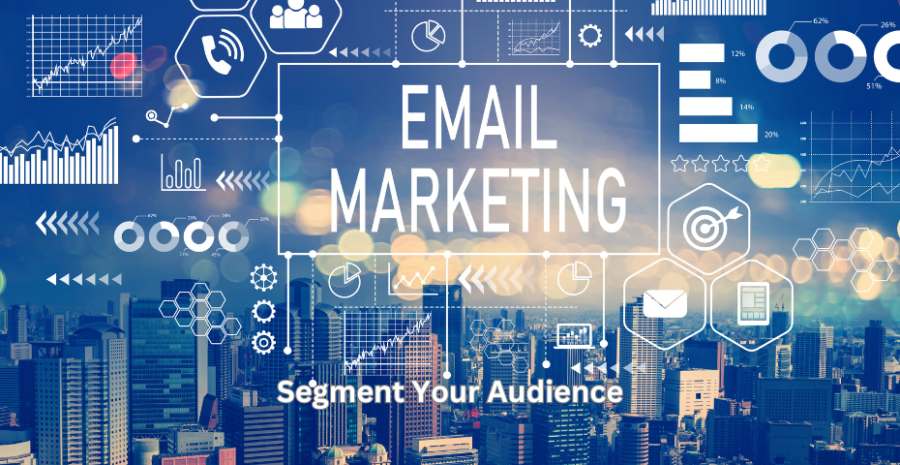
Segmentation is the process of dividing your email list into specific groups so you can send more targeted messages. It’s one of the most effective ways to improve engagement, as it ensures that the content you send is relevant to the recipient.
For example, you can create segments based on demographics, purchase behavior, engagement levels, or even geographic location. The more tailored your message is to a specific audience, the more likely they are to engage with your content.
Advanced segmentation can also involve behavioral triggers, such as sending follow-up emails based on whether a recipient opened a previous email or clicked on a link within the message. By focusing on relevance, you can significantly increase your open and click-through rates.
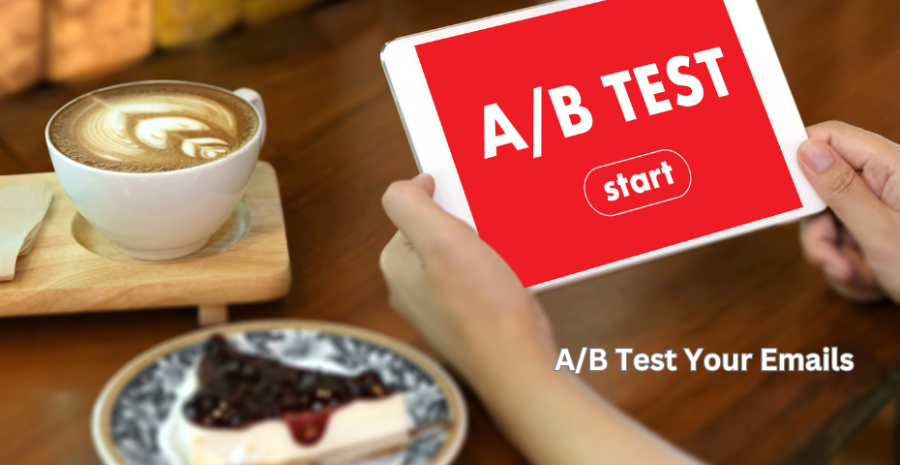
A/B testing, also known as split testing, allows you to experiment with different elements of your email to see what resonates best with your audience. This could include testing variations of subject lines, call-to-action (CTA) buttons, images, or even the time of day that the email is sent.
By sending one version of the email to half of your list and another version to the other half, you can gather data on which version performs better. A/B testing can help you make data-driven decisions that optimize your email marketing campaigns.
Just be sure to test only one element at a time to ensure that you can accurately attribute changes in performance to the tested variable.
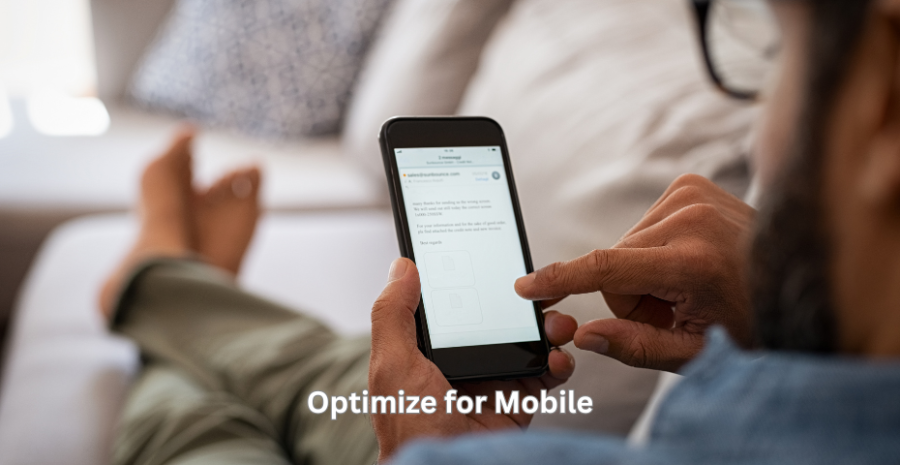
With over half of all emails being opened on mobile devices, optimizing your emails for mobile users is no longer optional—it’s essential.
If your email doesn’t display correctly on a smartphone or tablet, you risk losing a large portion of your audience.
Mobile-optimized emails should use responsive design to ensure that they look good on any screen size.
This includes using larger fonts for readability, ensuring buttons are big enough to tap easily, and minimizing the use of large images that could slow down load times.
Additionally, keep your email copy concise and to the point, as mobile users tend to skim content more than desktop users.
.png)
Every email you send should have a clear and compelling call-to-action (CTA) that guides the recipient towards the next step, whether that’s making a purchase, downloading a resource, or signing up for a webinar.
Your CTA should be easy to find and stand out visually from the rest of the email.
Use action-oriented language such as "Shop Now," "Learn More," or "Get Started" to encourage immediate action. Additionally, make sure your CTA links to a relevant landing page that continues the experience.
If your CTA promises a discount, for example, the landing page should display the same offer to create a seamless user experience.
.png)
Email automation is a game-changer for marketers, allowing you to send timely and relevant messages without having to manually manage each campaign.
Automation can be used for a variety of purposes, such as sending a welcome series to new subscribers, nurturing leads with drip campaigns, or re-engaging inactive customers with win-back emails. Automated emails tend to have higher open and click-through rates because they are triggered based on user behavior, making them more relevant to the recipient.
Popular automation tools like Mailchimp, HubSpot, and ActiveCampaign make it easy to set up workflows that can save you time and increase the effectiveness of your campaigns.
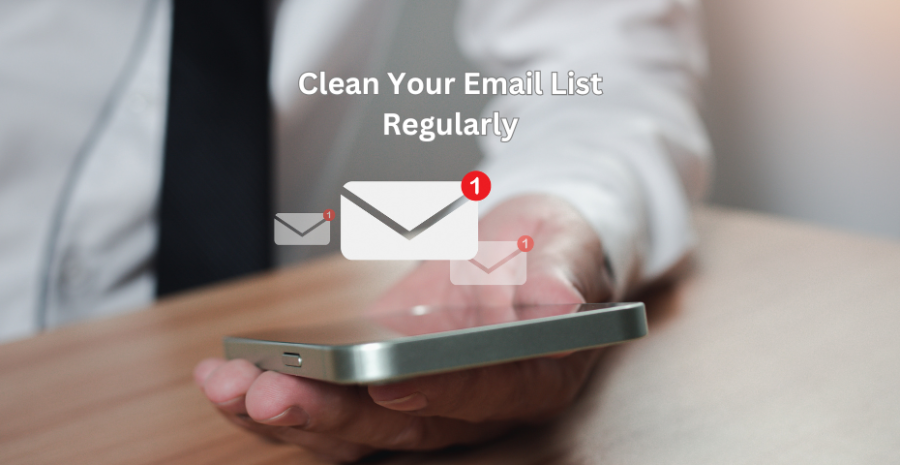
Maintaining a healthy email list is crucial to the success of your campaigns. Over time, some subscribers will become inactive or lose interest in your emails.
Regularly cleaning your email list ensures that you’re only sending emails to engaged recipients, which can improve your open rates and reduce the likelihood of your emails being marked as spam.
You can identify inactive subscribers based on their lack of engagement over a certain period and send them a re-engagement campaign to see if they’re still interested in hearing from you. If they don’t respond, consider removing them from your list to keep your data clean.
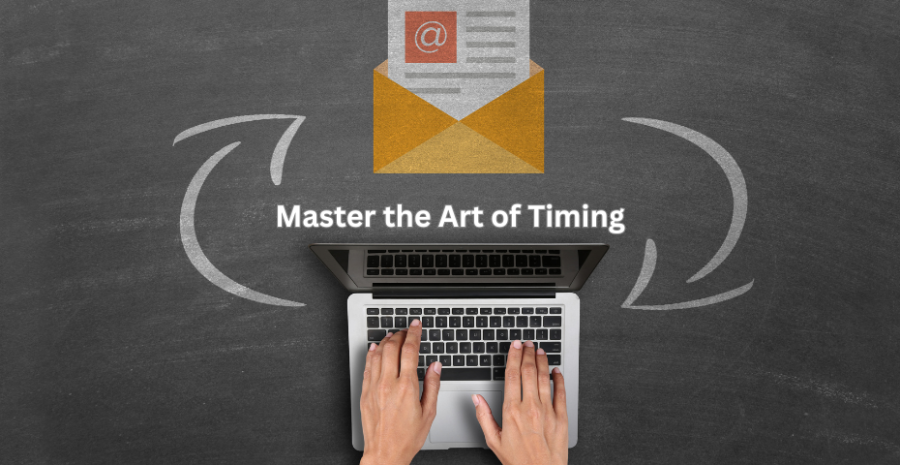
Timing is everything in email marketing. Sending your emails at the right time can have a significant impact on open and click-through rates. The best time to send an email varies depending on your audience and industry, but studies suggest that Tuesday and Thursday mornings tend to be the most effective.
However, A/B testing your send times and analyzing your email analytics can provide more specific insights tailored to your audience’s behavior.
Additionally, consider using time zones to your advantage. If you have a global audience, you may want to segment your list by location and schedule emails to be sent at the optimal time for each region.
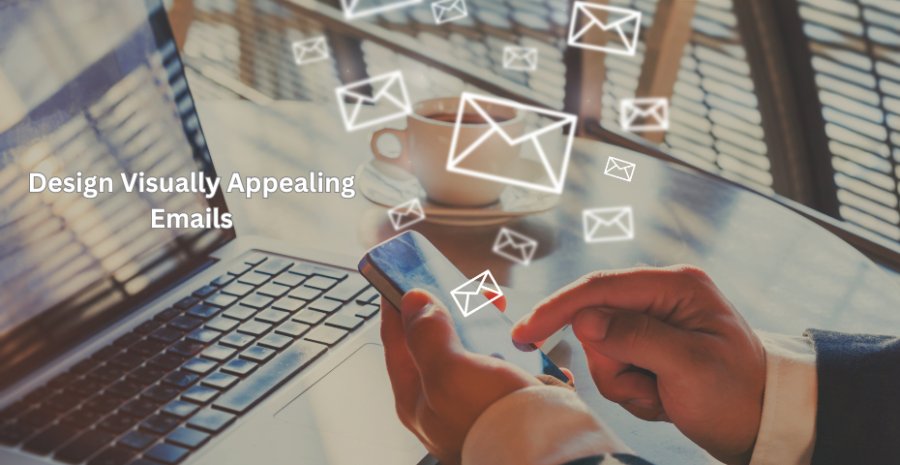
While content is king, the design of your email plays a significant role in its success. A visually appealing email is more likely to capture attention and encourage engagement.
Use a clean, uncluttered layout that makes it easy for the reader to scan the email. Incorporate eye-catching images, but ensure that they are optimized for fast loading times.
Consistency in branding is also important; use your brand’s colors, fonts, and logo to create a cohesive experience. Make sure your email design is responsive, so it looks great on both desktop and mobile devices.
.png)
People are more likely to trust a brand that others have endorsed. Including social proof in your emails, such as customer testimonials, reviews, or case studies, can help build trust and encourage conversions.
If you’re promoting a product, include a section with user reviews or ratings to show that others have had a positive experience.
If you’re hosting an event or webinar, mentioning how many people have already signed up can create a sense of urgency and increase registrations. Social proof can be a powerful motivator, especially when recipients are on the fence about taking action.

Tracking and analyzing the performance of your email campaigns is essential to improving their effectiveness. Most email marketing platforms offer detailed analytics that show metrics like open rates, click-through rates, bounce rates, and unsubscribe rates.
Use this data to identify what’s working and what’s not, and make adjustments to future campaigns accordingly. For example, if you notice that a particular subject line led to a higher open rate, you can replicate that style in future emails.
Regularly reviewing your analytics will help you fine-tune your strategy and drive better results over time.

While it’s important to stay top-of-mind with your audience, sending too many emails can lead to unsubscribes or worse—your emails being marked as spam.
Strike a balance between staying in touch and overwhelming your recipients with too much content. Monitoring your email frequency and paying attention to engagement metrics can help you find the right cadence.
You can also give your subscribers control over how often they receive emails by offering frequency options during the sign-up process. By respecting your audience’s inbox and only sending valuable content, you’ll build a stronger, more engaged email list.
Final Thoughts on Email Marketing
Email marketing is a powerful tool that, when used correctly, can drive significant business results. However, to truly harness its potential, you need to focus on creating a strategy that combines personalization, segmentation, and smart automation with engaging content and design.
Every element of your campaign—from the subject line to the call-to-action—should be carefully crafted to deliver value to the recipient. Furthermore, regularly analyzing your campaign performance and adjusting your approach based on the data will ensure continued improvement.
By following the tips outlined in this blog, you can create more effective email marketing campaigns that resonate with your audience and drive meaningful results for your business.
Ultimately, email marketing success lies in delivering the right message to the right person at the right time, and with the right tools and strategies in place, you’ll be well on your way to achieving that.
.png)
About: Andries vanTonder
45 years selfemployed
He is a Serial Entrepreneur, an Enthusiastic supporter of Blockchain Technology and a Cryptocurrency Investor
Find me: Markethive Profile Page | My Twitter Account | My Instagram Acount | and my Facebook Profile.
